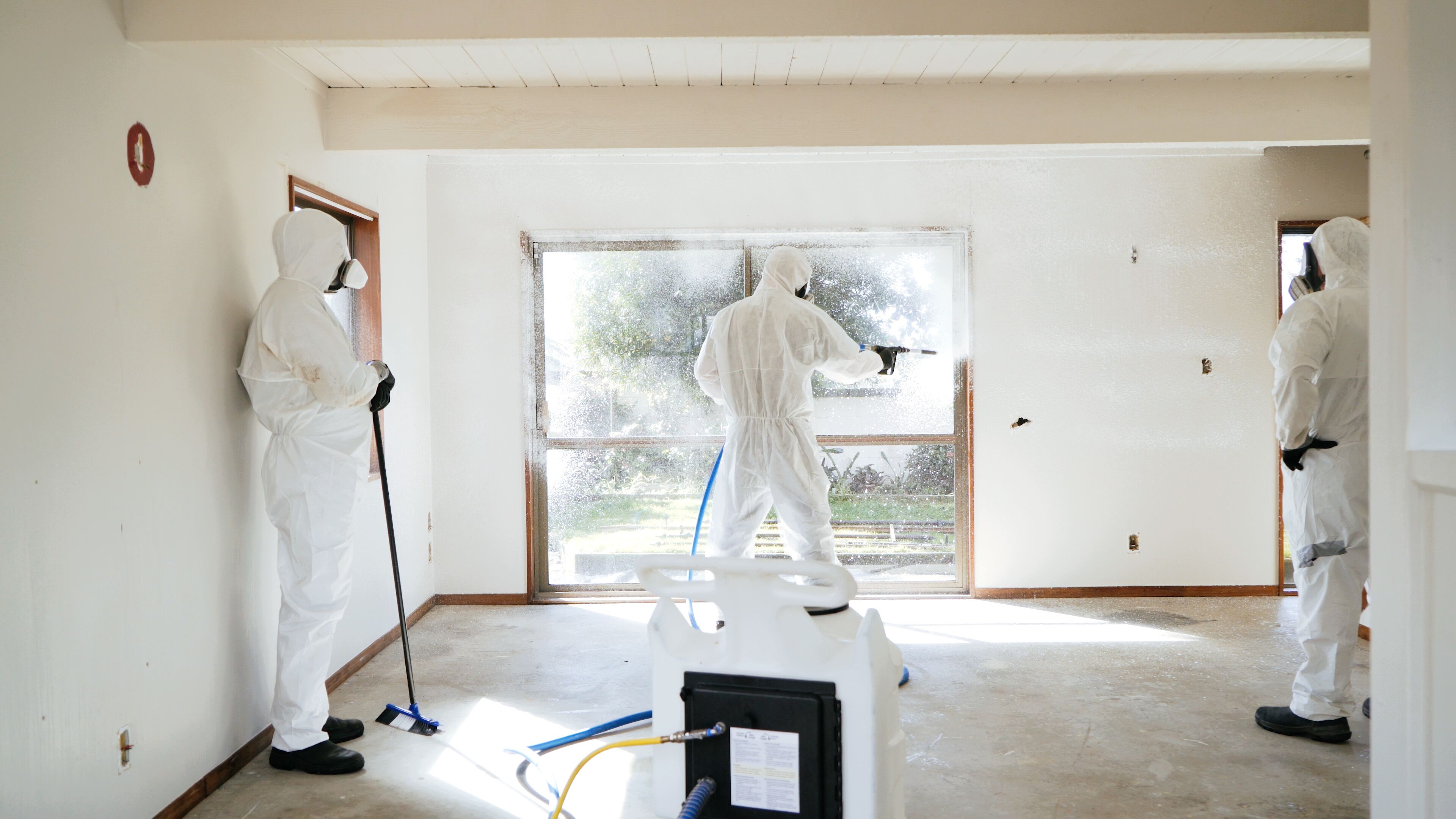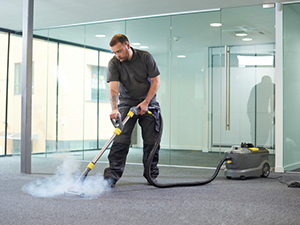
With approximately 700 clandestine lab busts per year and thousands more properties contaminated through heavy use, the business of methamphetamine decontamination is on the rise throughout Australia with a number of cleaning and restoration companies seizing the opportunity to diversify their service offering.
Whilst sugar soap products can certainly be effective in reducing low level contamination, it is the foaming method that is commonly adopted for excessive levels due to its ability to penetrate surfaces and draw out methamphetamine residue.
To gain an understanding of how this method works we first need to understand a little about the surfaces that require cleaning and the nature of the methamphetamine contaminants.
Methamphetamine
Methamphetamine in its natural state is a solid. Through the smoking process it becomes a vapour which returns to a solid state once it cools on a surface.
During the process of changing from a vapour back to a solid it can form strong bonds with the surface.
In some situations, it doesn’t bond to the surface itself – but to soiling on that surface. In theory “a dirty house is easier to clean than a clean house” as the meth residue sitting on a film of soil is much easier to remove.
Chemical residues
In addition to meth there can be other chemical residues. These can be in the form of impurities not removed during the cooking process, or if the premises has been used for manufacture there can be a range of cooking by-products.
Many of these contaminants have been in a vapour form that have become airborne before settling and bonding to a surface.
In a typical meth clean up situation there can be a number of different surfaces that are contaminated with chemical residues. Some surfaces such as glass are easy to clean and others such as varnish can be quite difficult.
The process
After the removal of all carpets and soft furnishings the next stage of meth decontamination utilises a preparation wash to clean down all surfaces.
This step is designed to remove any surface film or soiling and consequently any meth residue that is attached to the film or soiling. Once this first stage is complete the foam wash can be undertaken.
As with many effective cleaning processes there are three factors that contribute to the removal of methamphetamine contamination:
- Abrasion
The abrasion or scrubbing of the decontamination chemicals on to the surface allows any loose residue to be physically removed from the surfaces. Once removed from the surface they become encapsulated in surfactants and can easily be rinsed away.
- Contact time
The application of a two-part foaming chemical creates a blanket that allows the chemical extended contact time against the contaminated surface.
As with many cleaning processes the longer the contact time the less abrasion or mechanical effort is required. Painted surfaces can absorb the meth residue – however, the foam blanket keeps the surface moist whilst drawing the chemical residues back out from the surface.
In situations where the contaminated surface has been painted in an attempt to cover the problem, the meth residue can naturally migrate through the new paint to give a positive meth test.
An effective decontamination chemical can draw the residue through the new paint. This takes time and the stability of the foam blanket must be effective enough for the foam to remain intact for as long as four hours depending on ambient conditions.
- Chemical reaction
Foaming solutions will generally contain a light oxidiser (optimised hydrogen peroxide) and a blend of surfactants. This combination causes a chemical reaction at the surface that releases any residues that have not been abraded from the surface.
Methamphetamine is not readily dissolvable in water, however, the combination of the actives and surfactants allow the contaminant to be released from the surface, encapsulated in the surfactant foam and easily rinsed away.
*Rosemary Pritchard is a director of Decon Systems Australia
This article first appeared in INCLEAN magazine
Comment below to have your say on this story.
If you have a news story or tip-off, get in touch at info@3.106.117.80.
Sign up to INCLEAN’s newsletter.



Thank you Rosemary for an informative article.
Wow, I am glad that you explained how chemical residues can be left behind after people have cooked meth and that it can be quite hard to get out of certain material. If anyone ever has a situation where meth was being cooked in their house they should call for a meth decontamination service. The chemical residues that are left behind can be extremely dangerous to human health.
https://methtesting.net.au/collections/meth-residue-testing
I thought it was interesting when you explained that a preparation wash is used to clean surfaces that have been contaminated with methamphetamines. My brother and his wife are considering purchasing a foreclosed home soon, and they are thinking that the basement might have been used as a drug lab in the past because of the carpet stains. I think it would be a good idea for them to hire a professional cleaning service to take care of the mess for them. https://deconassist.com.au/pages/methamphetamine-decontamination-project-management